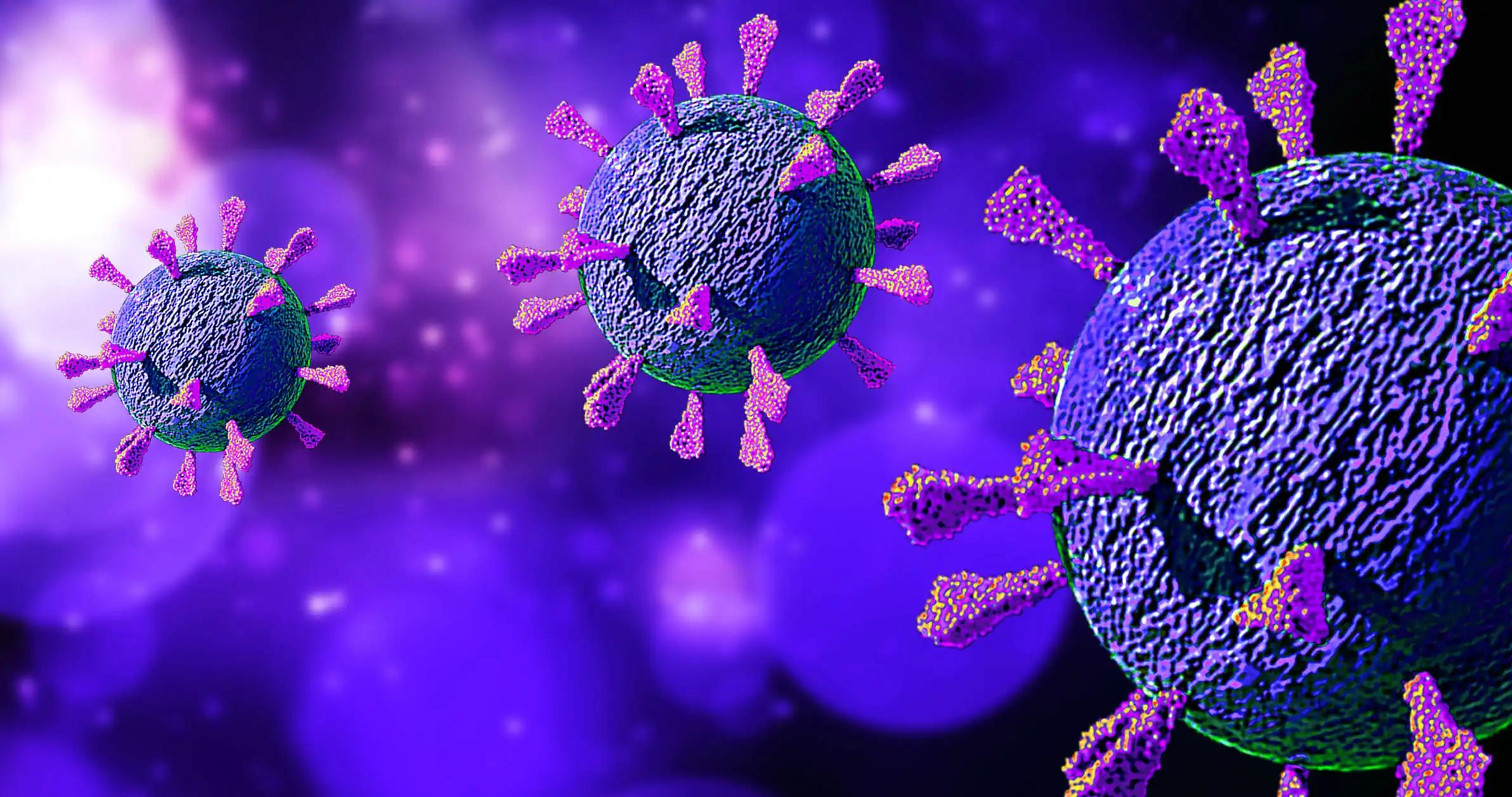KEY TAKEAWAYS
- The phase III trial assessed the impact of FLAG-Ida-GO on MRD and the post-induction therapy outcomes in NPM1mut AML, both with and without FLT3 mutations.
- The study demonstrated that adding FLAG-Ida-GO to the treatment regimen improved OS for NPM1mut AML pts.
The study monitored NPM1mut measurable residual disease (MRD) after each chemotherapy course. Patients (pts) who tested MRD-positive in peripheral blood (PB) after the second course of chemotherapy (PC2) were advised to undergo transplantation in CR1. For MRD-negative pts post-remission, therapy involved up to two courses of HDAC.
The results showed that the survival benefit associated with FLAG-Ida-GO was observed in both FLT3-mutated (HR 0.32, 95% CI 0.17-0.62) and FLT3 wild-type pts (HR 0.75, 95% CI 0.37-1.51), with no evidence of differential benefit. FLAG-Ida-GO increased the number of pts who were MRD-negative in PB after PC2 (88% vs. 77% with DA-GO, p=0.02) and also increased the number with MRD-negative bone marrow (BM) at PC2 (56% vs. 37%, p=0.004) and at the end of treatment (70% vs. 58%, p=0.32). In pts with undetectable PB MRD, FLAG-Ida-GO achieved a deeper BM response, with 60% achieving BM MRD-negative status compared to 47% with DA-GO (p=0.069). A similar trend for a deeper BM response was observed in pts who were PB MRD-positive at PC2. In the FLAG-Ida-GO arm, GO dosage had no significant impact on MRD.
For pts who were PB MRD-positive after PC2, 61% proceeded to transplant in CR, and their 3-year OS was 59%. Among these pts, those randomized to FLAG-Ida-GO had a trend toward better survival than those assigned to DA-GO (74% vs. 51% at 3 years, HR 0.52, 95% CI 0.17-1.57). Conversely, outcomes for PB MRD-negative pts were excellent with both therapies, but once again, survival was superior in pts treated with FLAG-Ida-GO (3-year OS 90% vs. 78%, HR 0.43, 95% CI 0.22-0.87). There was no heterogeneity in the FLAG-Ida-GO benefit based on MRD response. Patients who were PB MRD-negative after FLAG-Ida-GO treatment did not demonstrate improved overall or relapse-free survival with consolidation (0, 1, and 2 cycles) (3-year OS 90% vs. 83% vs. 93%, p=0.53; 3-year RFS 75% vs. 65% vs. 81%, p=0.14).
FLAG-Ida-GO improved the overall survival of NPM1mut AML pts and reduced the number of pts who were PB MRD-positive after PC2 compared to DA-GO. This survival benefit was independent of FLT3 mutation status and was observed in both PB MRD-positive and MRD-negative pts. This was further supported by lower BM MRD levels in both groups following treatment with FLAG-Ida-GO, including those who initially tested PB MRD-negative after the second course. This treatment approach appeared to be sufficient for pts who achieved PB MRD negativity after two cycles of FLAG-Ida-GO.
Clinical Trial: https://classic.clinicaltrials.gov/ct2/show/NCT00091234
Russell, N., Othman, J., Dillon, R., Potter, N., Wilhelm-Benartzi, C., Knapper, S., Batten, L., Canham, J., Hinson, E.L., Overgaard, U.M., Gilkes, A., Mehta, P., Kottaridis, P., Cavenagh, J., Hemmaway, C., Arnold, C., Freeman, S., Dennis, M. FLAG-IDA COMBINED WITH GEMTUZUMAB OZOGAMICIN (GO) REDUCED MRD LEVELS AND IMPROVED OVERALL SURVIVAL IN NPM1MUT AML INDEPENDENT OF FLT3 AND MRD STATUS, RESULTS FROM THE AML19 TRIAL. EHA Library. Russell N. 06/08/2023; 387834; S134.



